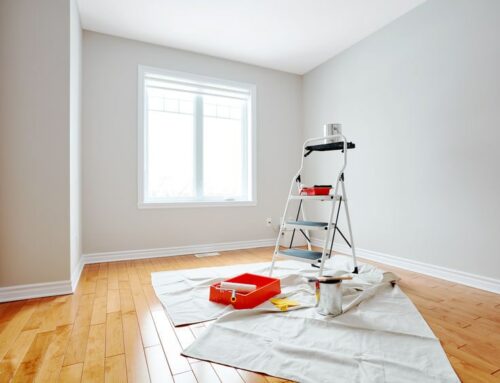People have been painting for thousands of years. Cave men and women used natural ingredients to make lasting marks on the world. Of course, modern man had to screw that all up by adding lead and chemicals into paint to help it last through a nuclear winter. So, jump to modern times: we’ve taken out the lead, because we knew it was bad, and added in less deformity-inducing substances called volatile organic compounds!
What are volatile organic compounds (VOCs), you ask? VOCs are chemicals in household products, including cleaning supplies, pesticides and paint, that become airborne and can cause serious health issues. The EPA found that these organic pollutants were two to five times higher indoors than outdoors.
Some common health issues associated with VOCs include irritation of the respiratory tract, eyes, nose, and throat, and depending on level of toxicity and exposure, can result in liver damage or visual disorders.
So, you’ve got VOCs in the home. How can you reduce exposure and keep your eyes, nose, and throat happy and healthy?
– Make sure to use cleaning solutions and high-VOC compounds in limited quantities. When you do use them, OPEN THE WINDOWS! I know it seems like a simple solution, but do it. The more air you get, the less you will be inhaling the nasty stuff.
– Use paint that’s low in VOCs, and keep windows open after painting. Regular paint is high in benzene, a known cancer-causing agent, so try to use low-VOC or no-VOC paints.
– Make sure to dispose of any unwanted chemical compounds properly. Don’t keep them under your sink, improperly sealed, or under the bed. Get rid of that stuff if you’re done with it.
By getting rid of volatile organic compounds, you make your home a haven for happy, healthy humans. It’s better for the environment, too!




